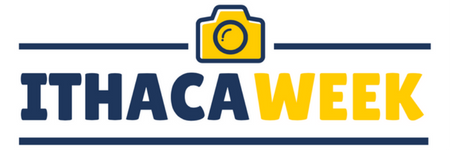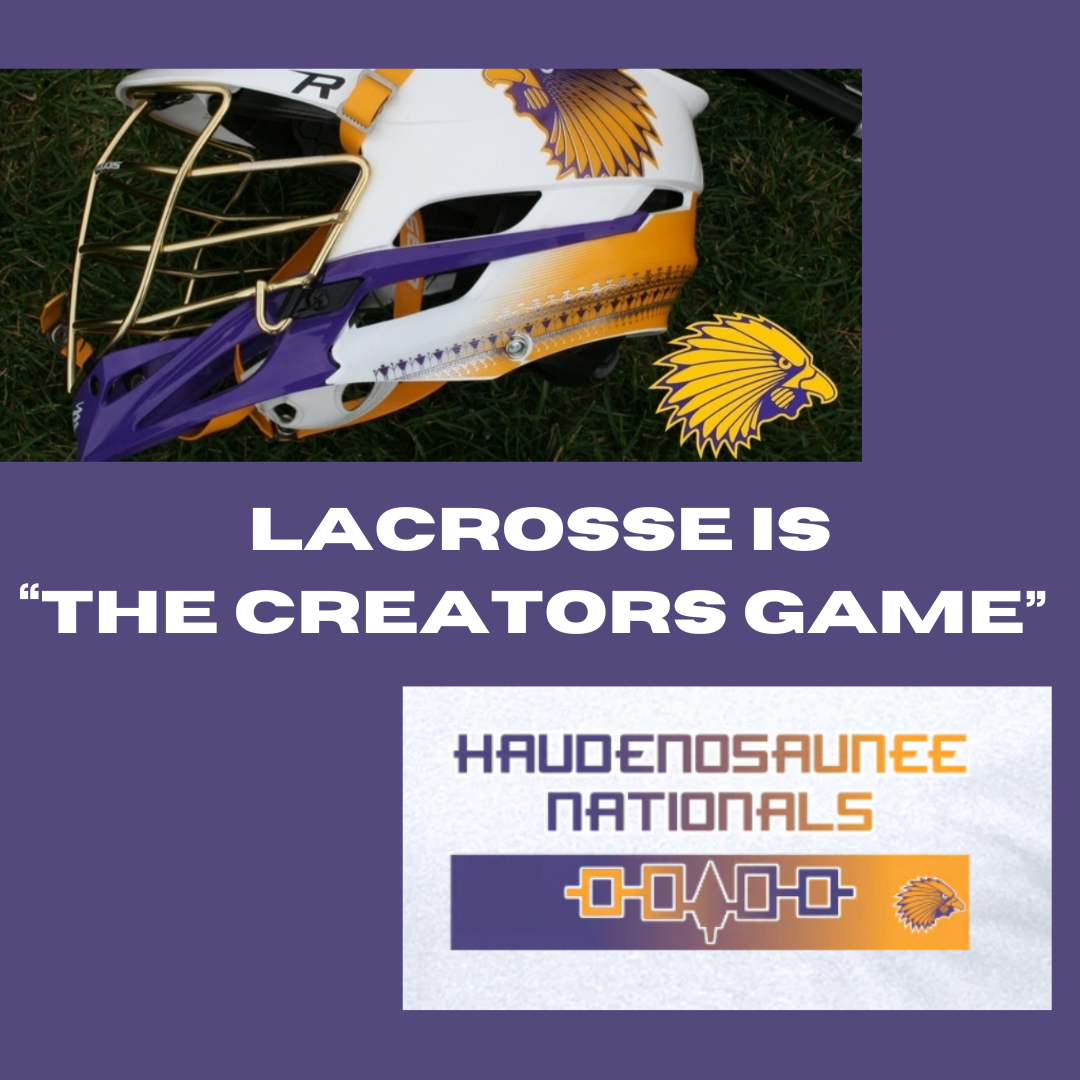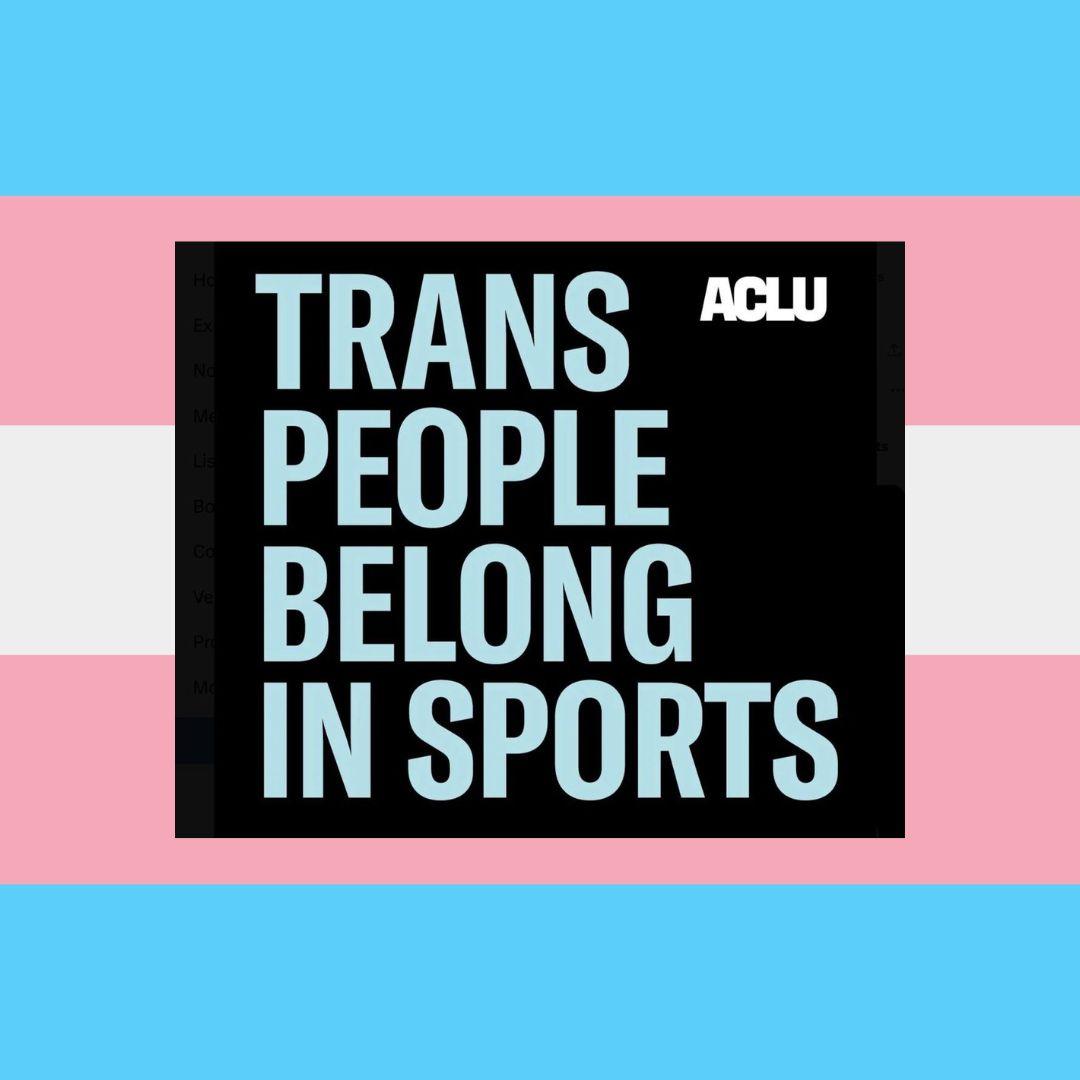Concussions are invisible injuries, making them difficult to diagnose and treat, said Dr. Andrew Getzin, sports medicine physician and clinical director of sports medicine at Cayuga Medical Center.
High school athletes take longer to recover after a concussion compared to collegiate or professional athletes describes research from the Sports Concussion Institute demonstrates that, and may experience greater severity of symptoms and more neurological disturbances.
[swfobject]1323[/swfobject]
Doctors at Mayo Clinic in Arizona conducted a live consultation with a 15-year-old concussed soccer player. The case study, published in the December 2012 issue of Telemedicine and e-Health, presented “teleconcussion” as a viable method to diagnose concussed patients in rural Arizona.
In sports-related concussions, this method can help identify individuals in need of additional management and assist rural physicians in deciding when an athlete can safely return to play by evaluating the severity and longevity of their symptoms.
“The concept of wireless monitoring and using smart technologies like smart phones and iPads really started taking off in the early part of the 21st century,” said Chuck Doarn, special assistant to the chief medical officer at NASA headquarters in Washington D.C. and editor-in-chief of Telemedicine and e-health Journal.
The Internet is a portal through which doctors can send medical records, images, video clips, even audio files of a beating heart, Doarn who is also a professor of family and community medicine at the University of Cincinnati said. A patient can now sit at home and speak with an expert using a computer camera and voice over IP, just like Skype.
According to The Centers for Disease Control, there are between 1.6 and 3.8 million sports-related concussions in the United States every year. The likelihood of suffering a concussion while playing a contact sport is estimated to be as high as 19 percent per year of play concludes a study by the Department of Neurosurgery at the University of Pittsburgh.
Emily Seils, senior at Fairfield University, has had eight concussions over the past six years from playing soccer and ski racing.
“I have had times that I couldn’t go to class or be in loud places or watch tv or be on a computer,” Seils said. “I have to take ADD medicine to be able to focus in classes now.”
Males have a 75 percent chance of being concussed in football, and females have a 50 percent chance in soccer (both sports represent the highest risk for respective genders), according to Sports Concussion Institute statistics. And figures found in a meta-analysis test (combining and contrasting multiple studies to find patterns) involving 8 studies and 20 outcome variables showed outcome was worse in women than men for 85 percent of the variables studied.
There is also a wide range of symptoms, both physical and psychological, an athlete may suffer.
“We test for headache, pressure in the head, back pain, nausea, dizziness, blurred vision, balance problems, sensitivity to light and noise, feeling of being slowed down, having difficulty concentrating, remembering, fatigue, confusion, feeling of drowsiness, and more emotional issues,” said Bernie DePalma, assistant athletic director for sports medicine, and head athletic trainer and physical therapist at Cornell University.
Although 90 percent of athletes feel better within 7-10 days after the concussion, Getzin said. It is imperative that athletes fully recover from a concussion before risking another because two concussions could have long term neurological damage.
A committee of Ivy League coaches, expert consultants, physicians and athletic trainers came up with a series of recommendations for collegiate athletics to spearhead the issue.
“There will be further emphasis on educating student-athletes on proper tackling technique, the signs and symptoms of concussion and the potential short- and long-term ramifications of repetitive brain trauma,” according to the recommendation made by the League’s Multi-Sport Concussion Review Committee in 2012. “In addition, there will be a more stringent post game league review of helmet-to-helmet and targeted hits.”
As of 2010, the National Collegiate Athletic Association requires each institution within the association to adopt a concussion management plan. No form of assessment is suggested, however they do recommend “student-athletes should not return to games, practices or other contests when symptoms persist [and] under no circumstances should a student-athlete diagnosed with a concussion return to a sports activity the same day.”
The eight Ivy League schools (Brown University, Yale University, Cornell University, Columbia University, Dartmouth College, Harvard University, University of Pennsylvania and Princeton University) also reduced the number of full-contact days by 60 percent from the NCAA maximum, hoping to reduce the number and severity of head-to-head contacts.
Each player at Cornell University is neuropsychology and SCAT (sports concussion assessment test) tested to get a baseline score before practicing freshman year.
Roughly 30 Cornell athletes have had concussions this year, DePalma said.The university’s concussion management plan consists of six stages, all of which an athlete must complete in order to return to full play.
The first stage is rest, both physically and mentally. Ivy League presidents have mandated if a physician believes an athlete needs mental rest, the Dean of the school is notified and they are excused from classes, DePalma said.
“We have had athletes recover physically and then go back to class and take a test and their symptoms come back,” DePalma reiterated.
Once an athlete is symptom-free and back to the baseline on their neuropsychology and SCAT tests they can start with light aerobic exercise, then move on to sport-specific exercise, specific drills, and full contact drills. After the fifth stage –– full contact drills –– a doctor must clear an athlete in order to return to full play.
Telemedicine has helped pave the way for sports regulations, but healthcare will provide new challenges in the future, Doarn said.
“There’s going to be a shortage of physicians and a shortage of nurses, nationwide, worldwide, so how do you use these kinds of technology, not only for telemental health and post injury rehab, but also how do you monitor patients remotely so they don’t end up in the emergency room?” Doarn said.







